Wisconsin, located in the Midwestern region of the United States, is a state known for its stunning natural beauty, rich history, and vibrant culture. With its picturesque countryside, bustling urban centers, and expansive lakes, Wisconsin offers a unique blend of nature and culture. To help visitors and residents navigate this beautiful state, we have created a detailed map of Wisconsin with cities and highways.
This map highlights Wisconsin’s major cities, including Milwaukee, Madison, Green Bay, and Eau Claire, as well as its primary highways and roads. Whether you’re planning a road trip or simply want to explore Wisconsin’s distinctive landscape and culture, this map is an essential tool. So, grab your map and get ready to discover all that Wisconsin has to offer, from its world-renowned cheese to its charming small towns and everything in between.
Printable Wisconsin Map With Cities and Highways
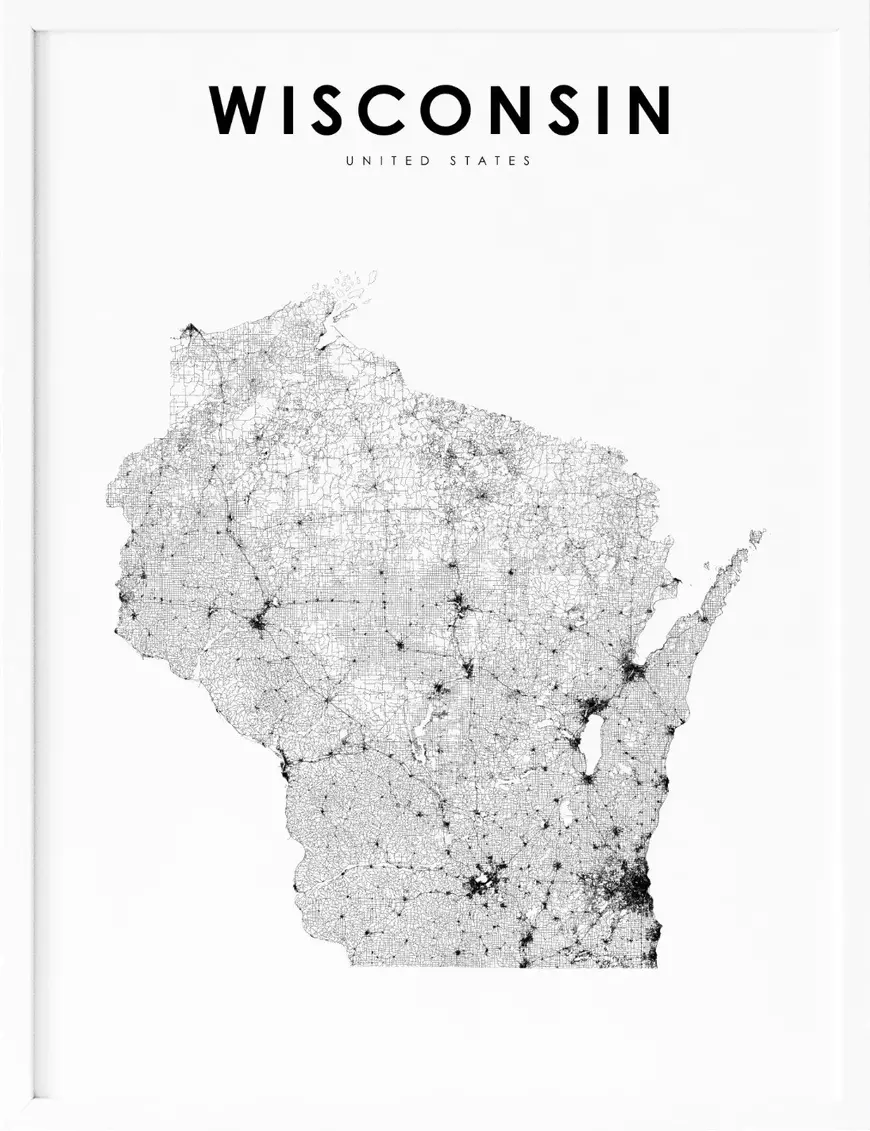
Cities
Appleton

Appleton, also known as Ahkōnemeh in the Menominee language, is a bustling city located in Outagamie, Calumet, and Winnebago counties in Wisconsin. This city is one of the Fox Cities and is situated on the Fox River, 30 miles (48 km) southwest of Green Bay and 100 miles (160 km) north of Milwaukee.
As the county seat of Outagamie County, Appleton has a population of 75,644 as of the 2020 Census, making it the sixth largest city in Wisconsin. Appleton is a part of the Fox Cities metropolitan area, which is the third largest in the state behind Milwaukee and Madison.
The city is home to several prominent institutions such as Lawrence University, Fox Cities Exhibition Center, Fox Cities Performing Arts Center, Fox River Mall, Neuroscience Group Field at Fox Cities Stadium, Appleton International Airport, and the Valley’s two major hospitals: St. Elizabeth Hospital and ThedaCare Regional Medical Center–Appleton. Additionally, Appleton hosts several regional events such as Octoberfest and the Mile of Music.
Beaver Dam

Beaver Dam is a charming city located in Dodge County, Wisconsin, United States, situated along Beaver Dam Lake and the Beaver Dam River. With a population of 16,708 as of the 2020 census, Beaver Dam is the largest city primarily located in Dodge County.
It is also the principal city of the Beaver Dam Micropolitan Statistical area, which is included in the larger Milwaukee–Waukesha–Racine CSA. The city is adjacent to the Town of Beaver Dam, providing easy access to the surrounding areas.
Beaver Dam is known for its beautiful natural surroundings, including the dramatic Beaver Dam Lake and River. The city is home to several parks, hiking trails, and recreational areas, making it a popular destination for outdoor enthusiasts. Additionally, Beaver Dam boasts a rich cultural heritage and hosts several annual events such as the Dodge County Fair and the Beaver Dam Pepper Festival.
Beloit
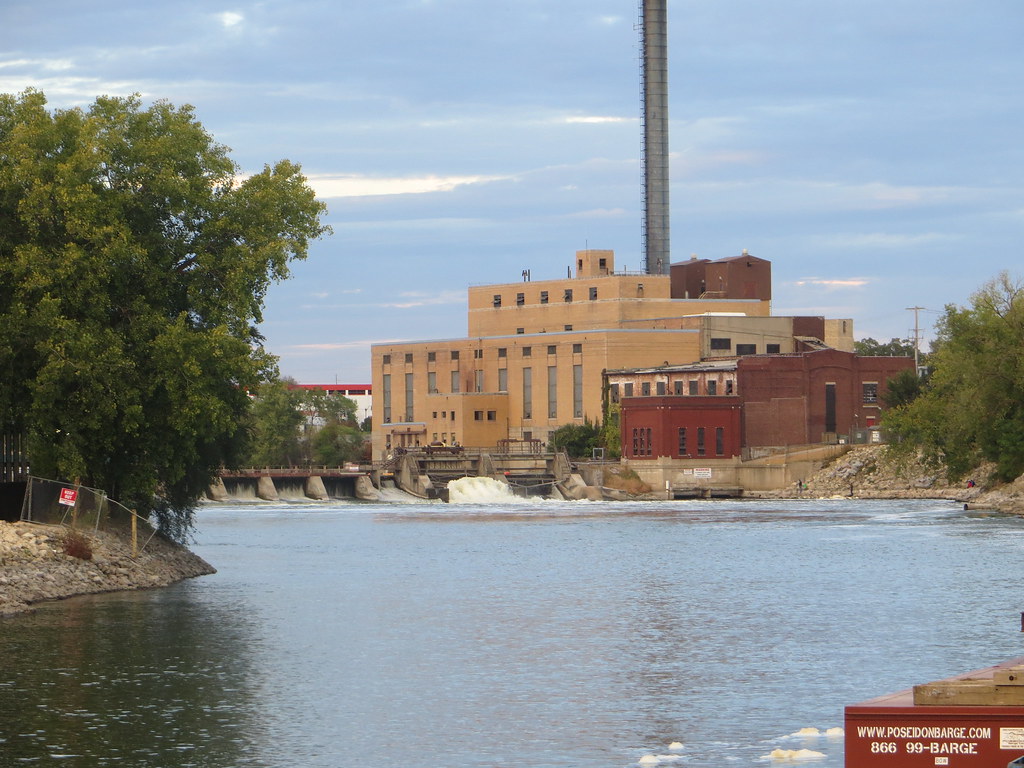
Beloit is a vibrant city located in Rock County, Wisconsin, United States. As of the 2020 census, Beloit had a population of 36,657 people, making it a bustling community. Beloit is a principal city of the Janesville-Beloit Metropolitan Statistical Area and is included in the Madison Combined Statistical Area, providing easy access to nearby cities.
The city is known for its rich cultural heritage and is home to several museums, art galleries, and historic landmarks. Beloit College, a renowned liberal arts college, is located in the city, attracting students and scholars from all over the world.
The city also boasts a thriving business community, with several major employers such as Kerry Group, ABC Supply, and Beloit Health System. Beloit is a great place to live, work, and play, with several parks, recreational areas, and community events such as the Beloit International Film Festival and the Beloit Farmers’ Market.
Chippewa Falls

Chippewa Falls is a picturesque city located on the Chippewa River in Chippewa County, Wisconsin. With a population of 14,778 as of the 2021 census, it is a small but thriving community. The city’s name is derived from its location on the Chippewa River, which is named after the Ojibwe Native Americans.
Chippewa Falls was incorporated as a city in 1869 and is the county seat of Chippewa County. The city is known for its rich cultural heritage and is home to several notable attractions such as the Jacob Leinenkugel Brewing Company, the Heyde Center for the Arts, and Irvine Park. Chippewa Falls is also the birthplace of Seymour Cray, known as the “father of supercomputing”, and the original headquarters for Cray Research.
Additionally, the city hosts the annual Northern Wisconsin State Fair and is only 15 miles away from the popular four-day music festivals Country Fest and Rock Fest. Chippewa Falls is a great place to visit and experience the beauty of Wisconsin’s northwestern region.
De Pere
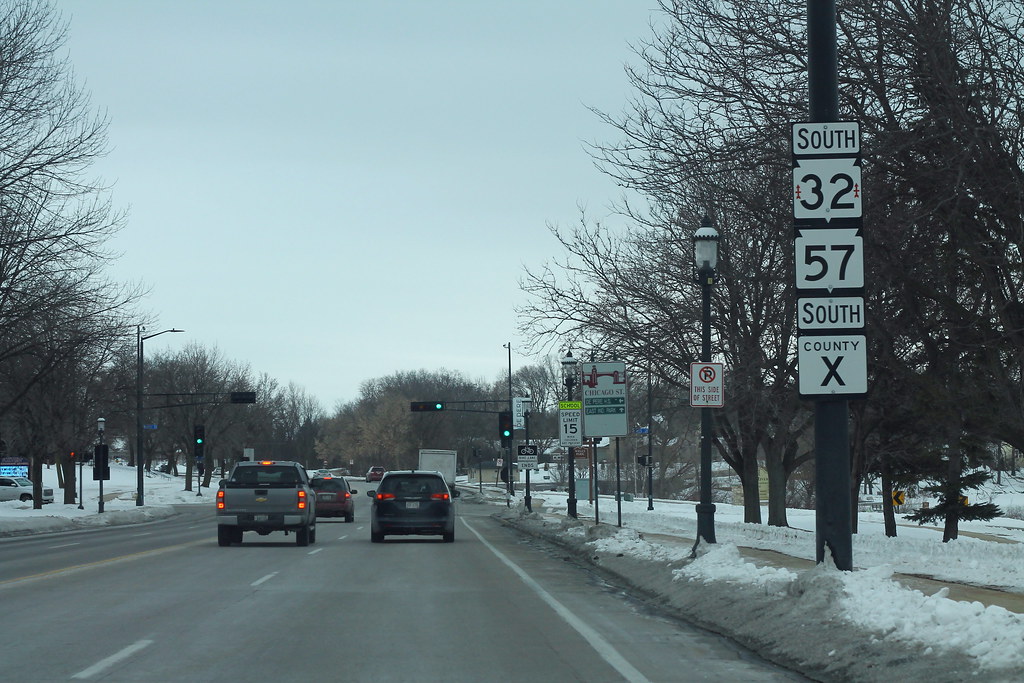
De Pere is a charming city located in Brown County, Wisconsin, United States. With a population of 25,410 as of the 2020 census, De Pere is a thriving community. The city is part of the Green Bay Metropolitan Statistical Area, providing easy access to nearby cities. De Pere is known for its beautiful natural surroundings, including the Fox River and several parks and recreational areas.
The city is home to St. Norbert College, a renowned liberal arts college that attracts students and scholars from all over the world. De Pere also boasts a rich cultural heritage and is home to several historic landmarks and museums.
The city hosts several annual events such as the Celebrate De Pere festival and the De Pere Farmers’ Market, providing the community with opportunities to come together and celebrate. De Pere is a great destination with a strong sense of community and a welcoming atmosphere.
Eau Claire

Eau Claire, meaning “clear water” in French, is a vivacious city mostly located in Eau Claire County, Wisconsin, of which it is the county seat, and with a small portion in Chippewa County, Wisconsin. With a population of 69,421 as of 2020, Eau Claire is the state’s eighth-largest city. The city is the principal city of the Eau Claire, Wisconsin Metropolitan Statistical Area, locally known as the Chippewa Valley, and is part of the larger Eau Claire-Menomonie Combined Statistical Area.
Eau Claire is situated at the confluence of the Eau Claire and Chippewa Rivers on traditional Ojibwe, Dakota, and Ho-Chunk land. The city’s early growth came from its extensive logging and timber industries, but after the decline of the lumber industry, the city’s economy diversified to encompass manufacturing. Eau Claire is also an educational center with the opening of the University of Wisconsin–Eau Claire in 1916.
The city is known for its arts and music scenes and is the hometown of indie folk band Bon Iver. Eau Claire hosts the annual Eaux Claires Music & Arts Festival, co-curated by Justin Vernon, the lead singer of Bon Iver. Eau Claire is a rapidly growing city with a robust sense of community and a bustling economy.
Fond du Lac

Fond du Lac is a bustling city located in Fond du Lac County, Wisconsin, United States. With a population of 44,678 as of the 2020 census, Fond du Lac is a thriving community. The city is the county seat of Fond du Lac County and forms the core of the United States Census Bureau’s Fond du Lac Metropolitan Statistical Area, which includes all of Fond du Lac County with a population of 104,154 as of 2020.
Fond du Lac is the 348th largest Metropolitan Statistical Area (MSA) in the United States. The city is known for its beautiful natural surroundings, including Lake Winnebago and several parks and recreational areas. Fond du Lac is home to several major employers such as Mercury Marine, a leading manufacturer of marine engines, and Agnesian HealthCare, a regional health system.
The city also boasts a rich cultural heritage and is home to several museums and historic landmarks. Fond du Lac hosts several annual events such as the Fond du Lac County Fair and Walleye Weekend, providing the community with opportunities to come together and celebrate. Fond du Lac is a marvelous local area with friendly people and a charming atmosphere.
Fort Atkinson

Fort Atkinson is a delightful city located in Jefferson County, Wisconsin, United States. Situated on the Rock River, a few miles upstream from Lake Koshkonong, the city offers breathtaking views of the surrounding natural beauty. With a population of 12,579 as of the 2020 census, Fort Atkinson is the largest city located entirely in Jefferson County, as Watertown is split between Jefferson and Dodge counties.
The city is a principal city of the Fort Atkinson-Watertown micropolitan statistical area, which is in turn a sub-market of the larger Milwaukee-Waukesha-Racine CSA. Fort Atkinson is known for its rich cultural heritage and is home to several museums and historic landmarks. The city also boasts a prosperous business community, with several major employers such as Spacesaver Corporation, a leading manufacturer of high-density mobile storage systems.
Fort Atkinson hosts several annual events such as the Fort Atkinson Farmers’ Market and the Fort Atkinson Summer Charity Concert Series, providing the community with opportunities to come together and celebrate. Fort Atkinson is a rewarding spot to work, play, and live.
Germantown
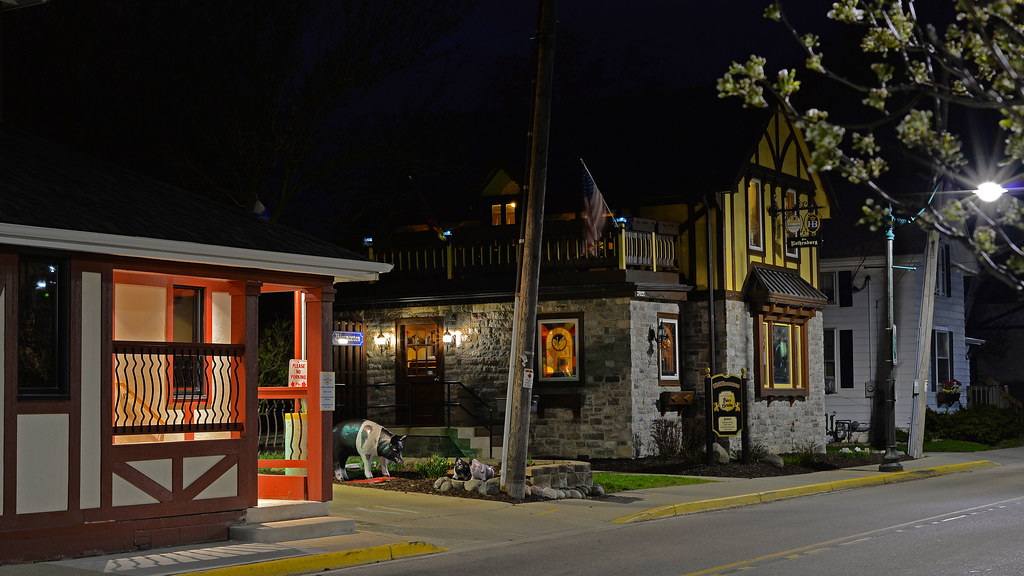
Germantown is a charming village located in Washington County, Wisconsin, United States. With a population of 20,917 as of the 2020 census, Germantown is a thriving community. The village surrounds the Town of Germantown and is known for its beautiful natural surroundings, including several parks and recreational areas.
In July 2007, Germantown was ranked the 30th most appealing place to live in the United States by Money Magazine, highlighting the village’s strong sense of community and quality of life. Germantown is home to several major employers such as Briggs & Stratton, a leading manufacturer of small engines, and Sysco Eastern Wisconsin, a food distribution company.
The village also boasts a rich cultural heritage and is home to several museums and historic landmarks. Germantown hosts several annual events such as the Germantown Farmers’ Market and the Germantown Hometown Christmas, providing the community with opportunities to join together in celebration.
Green Bay

Green Bay, a city located in the U.S. state of Wisconsin, is a vibrant community situated at the head of Green Bay, a sub-basin of Lake Michigan, at the mouth of the Fox River. With a population of 107,395 as of the 2020 Census, Green Bay is the third-largest city in the state of Wisconsin, after Milwaukee and Madison, and the third-largest city on Lake Michigan, after Chicago and Milwaukee.
The city is the county seat of Brown County and is the principal city of the Green Bay Metropolitan Statistical Area, which covers Brown, Kewaunee, and Oconto counties. Green Bay is known for being the home city of the National Football League (NFL)’s Green Bay Packers, a source of pride for the community. The city is also known for its beautiful natural surroundings, including several parks and recreational areas.
Green Bay boasts a vigorous economy, with major employers such as Georgia-Pacific, a leading manufacturer of paper products, and Schneider National, a transportation and logistics company. The city is also home to several museums and cultural landmarks, including the Neville Public Museum and the Meyer Theatre. With friendly people, a great cultural atmosphere, and brilliant amenities, Green Bay is waiting for you with open arms.
Howard
Howard is a charming village located in Brown and Outagamie counties in the U.S. state of Wisconsin. With a population of 17,399 as of the 2010 census, Howard is a thriving community. The village is mostly within Brown County, with a small portion extending west into Outagamie County. Howard is bordered to the east by Green Bay, a sub-basin of Lake Michigan, providing residents with easy access to the water.
Prior to being incorporated as the Village of Howard, the Town of Howard was commonly referred to as “Duck Creek” because of the Duck Creek waterway winding its way through the village. Howard is part of the Green Bay Metropolitan Statistical Area, providing residents with access to nearby cities. The village is known for its beautiful natural surroundings, including several parks and recreational areas.
Howard is home to several major employers such as Humana, a leading health insurance company, and Schreiber Foods, a leading dairy company. The village also boasts a strong sense of community and hosts several exciting and popular annual events such as the Howard Farmer’s Market and the Howard-Suamico Business and Community Expo.
Janesville

Janesville is a bustling city located in Rock County, Wisconsin, United States. As the largest city and the county seat of Rock County, Janesville is a thriving community. The city is a principal municipality of the Janesville, Wisconsin, Metropolitan Statistical Area and is included in the Madison–Janesville–Beloit, WI Combined Statistical Area.
With a population of 65,615 as of the 2020 census, Janesville is a rapidly growing city. The city is known for its beautiful natural surroundings, including several parks and recreational areas. Janesville is home to several major employers such as General Motors, a leading manufacturer of automobiles, and Mercyhealth, a regional health system.
The city also boasts a rich cultural heritage and is home to several museums and historic landmarks. Janesville hosts several annual events such as the Janesville Farmers’ Market and the Rock County 4-H Fair, providing the community with opportunities to come together and celebrate. Janesville is a great place to live, work, and play, with a welcoming sense of community and a convivial atmosphere.
Kenosha
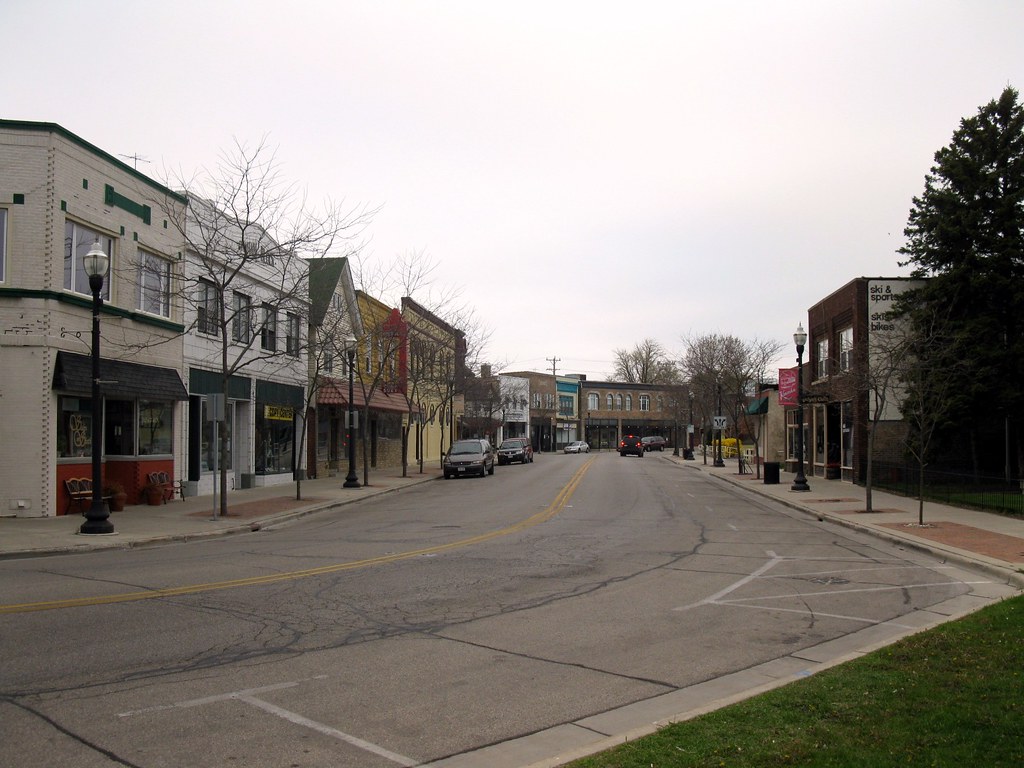
Kenosha, a city located in the U.S. state of Wisconsin, is a marvelous community situated on the southwestern shore of Lake Michigan. As the seat of Kenosha County, the city has a population of 99,986 as of the 2020 census, making it the fourth-largest city in Wisconsin. Kenosha is a satellite city within the greater Chicago metropolitan area, providing residents with easy access to nearby cities.
The city is located about halfway between Chicago and Milwaukee, and Interstate 94 connects Kenosha to both metropolitan areas. Kenosha was once a center of industrial activity, home to large automotive factories that fueled its economy during the 20th century. However, like some other Rust Belt cities, Kenosha lost these factories in the 1980s, causing it to gradually transition into a services-based economy.
In recent years, the city and surrounding county have benefited from an expanding economy and increased job growth. Kenosha is home to several major employers such as Snap-on Inc., a Fortune 1000 tool manufacturer, and Jockey International, a clothing company. The city is also home to several educational institutions, including the University of Wisconsin–Parkside, Herzing University, Carthage College, and Gateway Technical College.
La Crosse
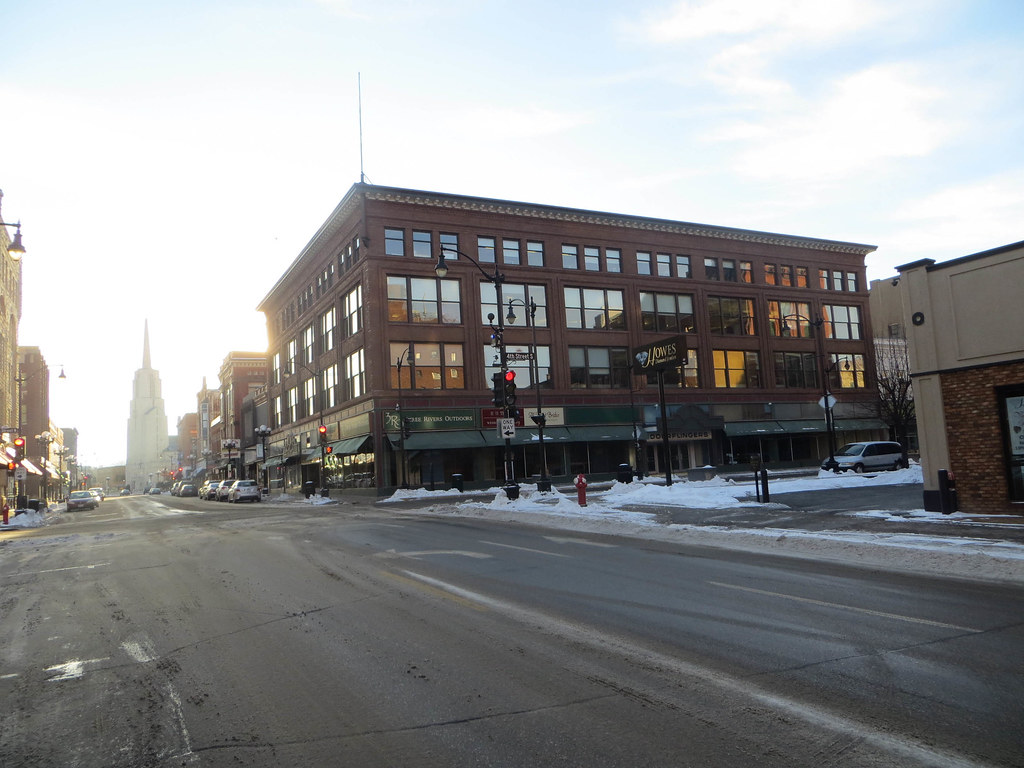
La Crosse is a picturesque city located in the U.S. state of Wisconsin and the county seat of La Crosse County. Positioned alongside the Mississippi River, La Crosse is the largest city on Wisconsin’s western border, with a population of 52,680 as of the 2020 census. The city forms the core of and is the principal city in the La Crosse–Onalaska Metropolitan Area, which includes all of La Crosse County and Houston County, Minnesota, with a population of 139,627.
La Crosse is a regional technology, medical, education, manufacturing, and transportation hub, with several major employers such as Organic Valley, Logistics Health Incorporated, Kwik Trip, La Crosse Technology, City Brewing Company, and Trane. The city is also a college town with over 20,000 students and is home to the University of Wisconsin-La Crosse, Viterbo University, and Western Technical College.
La Crosse is known for its beautiful natural surroundings, including several parks and recreational areas. The city hosts several annual events such as the La Crosse Oktoberfest and the Great River Folk Festival, providing the community with opportunities to come together for friendly social occasions. La Crosse is an exciting spot to live, work, and play.
Madison

Madison, the capital city of the U.S. state of Wisconsin, is a vibrant community located on an isthmus and lands surrounding five lakes—Lake Mendota, Lake Monona, Lake Wingra, Lake Kegonsa, and Lake Waubesa. As the county seat of Dane County, Madison has a population of 269,840 as of the 2020 census, making it the second most populous city in Wisconsin after Milwaukee and the 80th most populous in the U.S.
The city is named after American Founding Father and President James Madison. Madison is home to several major landmarks such as the Wisconsin State Capitol, the Overture Center for the Arts, and the Henry Vilas Zoo. The city boasts an extensive network of parks and bike trails, with the most parks and playgrounds per capita of any of the 100 largest U.S. cities, and is one of five communities to have received a “Platinum Bicycle Friendly Community” rating from the League of American Bicyclists.
Madison is also home to nine National Historic Landmarks, including several buildings designed by architect Frank Lloyd Wright. Madison is a center for progressive political activity, protests, and demonstrations, and is considered the most politically liberal city in Wisconsin. The presence of the University of Wisconsin–Madison, the largest employer in the state, as well as other educational institutions, has a significant impact on the economy, culture, and demographics of Madison.
The city’s economy features a large and growing technology sector, with several major employers such as Epic Systems, American Family Insurance, Exact Sciences, Promega, and Google. Madison is a popular visitor destination, generating over $1 billion for Dane County’s economy in 2018.
Menomonee Falls

Menomonee Falls is a charming village located in Waukesha County, Wisconsin, United States, and is part of the Greater Milwaukee area. With a population of 38,527 as of the 2020 census, Menomonee Falls is the most populous village in Wisconsin and the fourth-largest community in Waukesha County.
The village is known for its beautiful natural surroundings, including several parks and recreational areas. Menomonee Falls is home to several major employers such as Kohl’s, a leading retail company, and Harley-Davidson, a leading motorcycle manufacturer.
The village also boasts a strong sense of community and hosts several annual events such as the Menomonee Falls Farmers’ Market and the Falls Memorial Fest, providing opportunities for residents to come together and celebrate. Menomonee Falls is a great place to live, work, and play, with a welcoming atmosphere and a strong commitment to community.
Menomonie

Menomonie is a beautiful city located in the western part of the U.S. state of Wisconsin and is the county seat of Dunn County. The city’s population was 16,843 as of the 2020 census. Menomonie is named after the original inhabitants of the area, the Menominee, and forms the core of the United States Census Bureau’s Menomonie Micropolitan Statistical Area, which includes all of Dunn County.
The Menomonie MSA and the Eau Claire–Chippewa Falls metropolitan area to the east form the Census Bureau’s Eau Claire-Menomonie Consolidated Metropolitan Statistical Area. The city is situated at the south end of Lake Menomin, a reservoir on the Red Cedar River. Menomonie is known for its beautiful natural surroundings and recreational areas, including several parks and trails.
The city is home to several educational institutions such as the University of Wisconsin-Stout, providing the community with an energetic and exciting atmosphere. Menomonie hosts several annual events such as the Menomonie Airfest and the Dunn County Fair.
Milwaukee
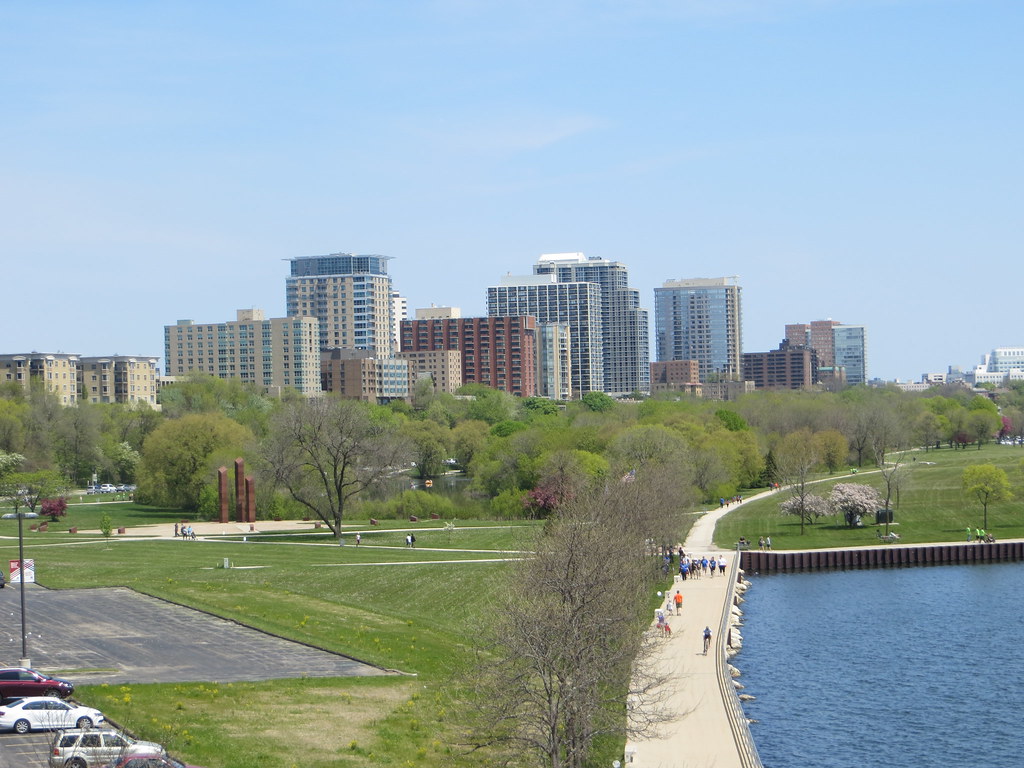
Milwaukee is a vibrant and culturally diverse city located in the U.S. state of Wisconsin and the county seat of Milwaukee County. With a population of 577,222 as of the 2020 census, Milwaukee is the 31st most populous city in the United States, the fifth-largest city in the Midwest, and the largest city in the state of Wisconsin. The city is the central city of the Milwaukee metropolitan area, the 40th most populous metropolitan area in the United States.
Milwaukee is known for its rich history, influenced heavily by German immigrants in the 19th century, and continues to be a center for German-American culture, specifically becoming well-known for its brewing industry. The city is home to several Fortune 500 companies, including Northwestern Mutual, WEC Energy Group, Rockwell Automation, and Harley-Davidson. Milwaukee is also home to several educational institutions such as the Medical College of Wisconsin, UW-Milwaukee, Marquette University, MSOE, and several other colleges.
The city has undergone several development projects in recent years, adding to its skyline and cultural offerings. Milwaukee is also home to Summerfest, one of the largest music festivals in the world. Despite its cultural diversity, Milwaukee continues to be one of the most racially segregated cities, largely as a result of early-20th-century redlining.
Monroe
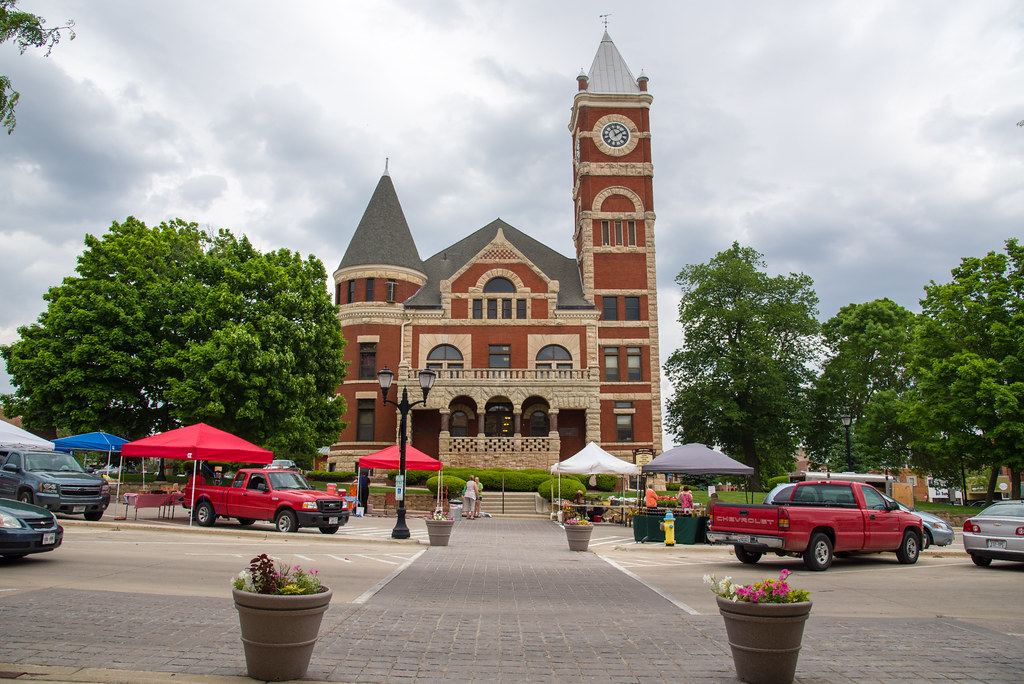
Monroe is a charming city located in Green County, Wisconsin, United States, and is known as “the Cheese Capital of the USA.” The city is the county seat of Green County, and its population was 10,661 as of the 2020 census. Monroe is bordered by the Town of Monroe to the north and the Town of Clarno to the south.
The city is a part of the Madison Metropolitan Statistical Area. Monroe is known for its rich agricultural heritage and the production of cheese, with several cheese factories and cheese-related businesses located in the area. The city is also home to several parks and recreational areas, providing opportunities for residents to enjoy the great outdoors.
Monroe hosts several annual events such as the Green County Cheese Days, a celebration of the area’s cheese-making history, and the Monroe Balloon Rally, providing opportunities for residents and visitors to come together and celebrate. Monroe is a wonderful place to live, work, and play, with a rewarding sense of community and a great atmosphere.
Muskego
Muskego is a beautiful city located in Waukesha County, Wisconsin, United States. The city had a population of 25,032 as of the 2020 census, making it the fifth-largest community in Waukesha County. Muskego has a rich history, with a large Norwegian population and a name derived from the Potawatomi Indian name for the area, “Mus-kee-Guaac,” meaning sunfish.
The Potawatomi were the original inhabitants of Muskego. The city is known for its natural beauty, with three lakes within its boundaries, providing opportunities for fishing, boating, and other recreational activities. Muskego is a growing community with a strong sense of friendliness and a welcoming ambiance.
The city offers a variety of amenities and services to its residents, including several parks and trails, a community center, and a public library. Muskego is a tremendous spot with a rich history and a bright future.
Neenah
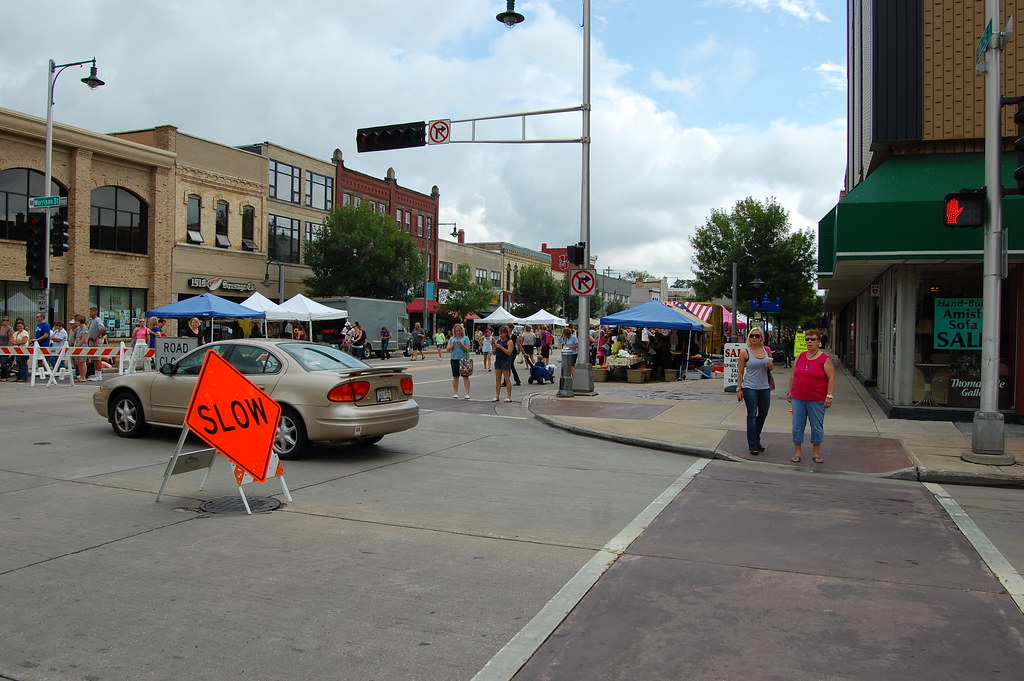
Neenah is a picturesque city located in Winnebago County, Wisconsin, in the north-central United States. The city is situated on the banks of Lake Winnebago, Little Lake Butte des Morts, and the Fox River, approximately forty miles southwest of Green Bay. Neenah’s population was 27,319 as of the 2020 census.
The city is within the geographic boundaries of the Town of Neenah but is politically independent. Neenah is the southwesternmost of the Fox Cities of northeast Wisconsin and is the smaller of the two principal cities of the Oshkosh-Neenah Metropolitan Statistical Area, which is included in the Appleton-Oshkosh-Neenah Combined Statistical Area.
Neenah is known for its beautiful natural surroundings, including a number of parks and trails. The city is sometimes referred to as a twin city with Menasha, with which it shares Doty Island. Neenah is an exciting place to visit or live, with friendly locals and a welcoming atmosphere.
Oak Creek
Oak Creek is a thriving city located in Milwaukee County, Wisconsin, United States. The city sits on the southwestern shore of Lake Michigan and is located immediately south of Milwaukee. With a population of 36,497 as of the 2020 census, Oak Creek is one of the fastest-growing cities in Milwaukee County and all of Wisconsin.
In recent years, the area has experienced an economic boom, with the addition of large companies such as Amazon, IKEA, and the Astronautics Corporation of America, providing job opportunities for residents and contributing to the city’s growth.
Oak Creek is known for its beautiful natural landscapes, including several parks and recreational areas, providing opportunities for residents to enjoy the great outdoors. The city also hosts several annual events such as the Oak Creek Beer Garden, providing opportunities for residents and visitors to celebrate together.
Oconomowoc
Oconomowoc is a charming city located in Waukesha County, Wisconsin, United States. The name was derived from Coo-no-mo-wauk, the Potawatomi term for “waterfall.” The city is partially adjacent to the Town of Oconomowoc and near the village of Oconomowoc Lake, Wisconsin. The population was 18,203 as of the 2020 census.
Oconomowoc is known for its beautiful natural scenes, including several lakes and parks, providing opportunities for residents to enjoy the great outdoors. The city is also home to several cultural attractions, such as the Oconomowoc Arts Center and the Oconomowoc Historical Museum, providing opportunities for residents and visitors to learn about the area’s rich history and culture.
Oconomowoc hosts several annual events such as the Festival of the Arts and the German Christmas Market, providing opportunities for residents and visitors to come together and celebrate. Oconomowoc is a great place to live, work, and play, with a strong sense of community and a welcoming atmosphere.
Oshkosh

Oshkosh is a vibrant city located in Winnebago County, Wisconsin, United States, and is the county seat of Winnebago County. The city had a population of 66,816 as of the 2020 census, making it the ninth-largest city in Wisconsin. Oshkosh is adjacent to the Town of Oshkosh and is known for its pleasing natural landscapes, including several parks and trails, providing opportunities for residents to savor the great outdoors.
The city is home to several cultural attractions, such as the Oshkosh Public Museum and the Grand Opera House, providing opportunities for residents and visitors to learn about the area’s rich history and culture. Oshkosh is also home to the University of Wisconsin-Oshkosh, providing educational opportunities to its residents.
The city hosts several annual events such as the EAA AirVenture Oshkosh, the world’s largest aviation event, and the Oshkosh Farmers Market, providing opportunities for residents and visitors to join in public celebration.
Pleasant Prairie
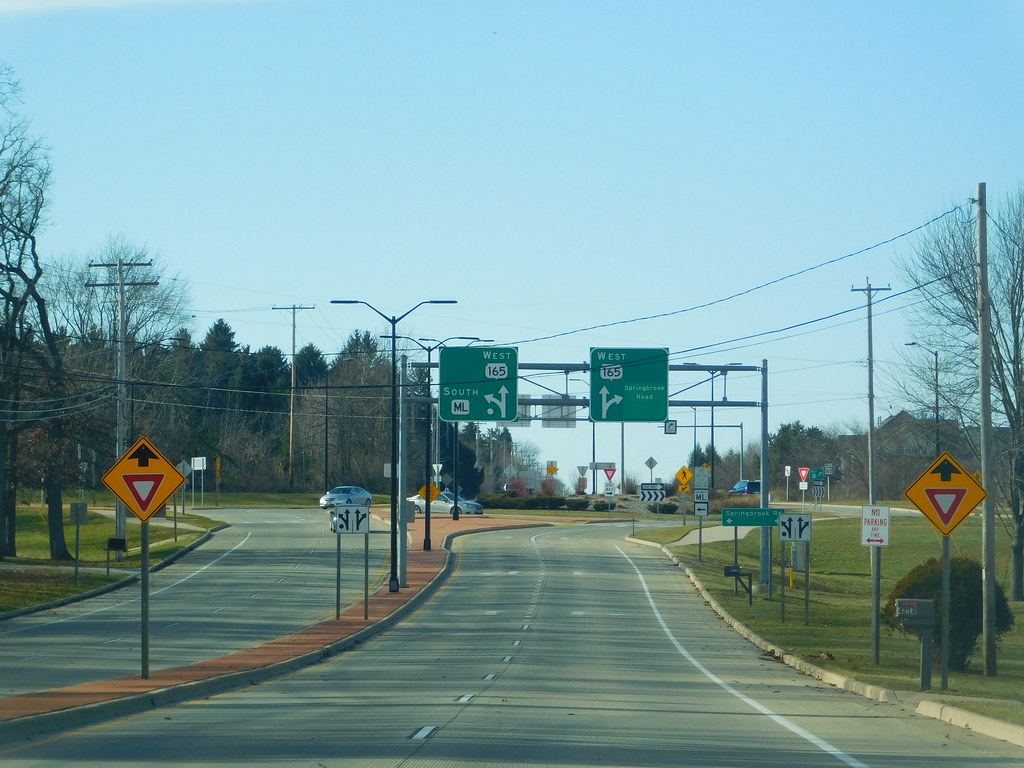
Pleasant Prairie is a beautiful village located in Kenosha County, Wisconsin, United States. The village is positioned along the southwestern shoreline of Lake Michigan and was home to 21,250 people as of the 2020 census. Pleasant Prairie is directly south of the city of Kenosha and directly north of the Illinois border.
Although located just 37 miles south of Milwaukee, it is part of the United States Census Bureau’s Chicago combined statistical area (CSA) and metropolitan statistical area despite being 57 miles north of that city. Pleasant Prairie is known for its beautiful natural surroundings, including the Chiwaukee Prairie and several parks and trails. The village is also home to the RecPlex, a massive sports and recreation complex that provides opportunities for residents to stay active and healthy.
Pleasant Prairie hosts several annual events such as the Pleasant Prairie Triathlon and the Prairie Family Days. Pleasant Prairie is a brilliant place to live, with a warm sense of community and an exciting ambiance.
Racine
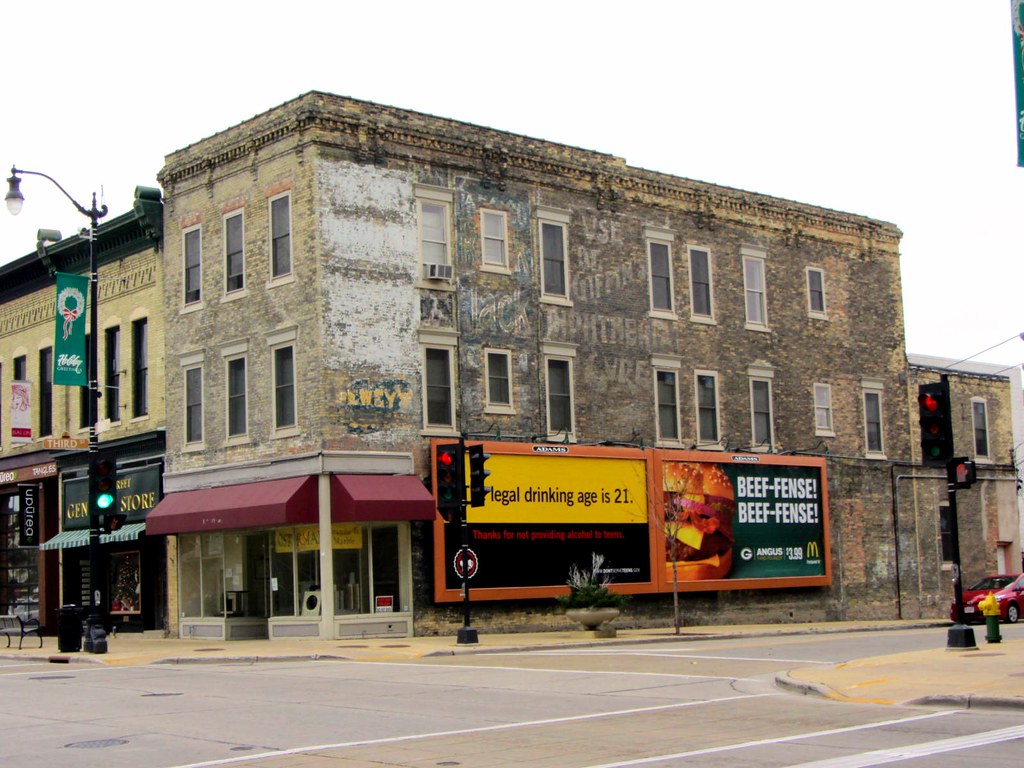
Racine is a vivacious city located in Racine County, Wisconsin, United States, and is the county seat of Racine County. The city is situated on the shore of Lake Michigan at the mouth of the Root River, 22 miles south of Milwaukee and approximately 60 miles north of Chicago. With a population of 77,816 as of the 2020 U.S. Census, Racine is the fifth-largest city in Wisconsin.
Racine is known for its affordability, having been rated “the most affordable place to live in the world” by the Demographia International Housing Affordability survey in January 2017. Racine is also home to several major industries, including J. I. Case heavy equipment, S. C. Johnson & Son cleaning and chemical products, and InSinkErator, manufacturers of the first garbage disposal.
The city has a rich history, with prominent architects such as Frank Lloyd Wright leaving their mark on the city’s architecture. Racine was also historically home to the Horlicks malt factory, where malted milk balls were first developed, and the Western Publishing factory where Little Golden Books were printed.
Sheboygan
Sheboygan is a beautiful city located in Sheboygan County, Wisconsin, United States, and is the county seat of Sheboygan County. The city had a population of 49,929 as of the 2020 census and is the principal city of the Sheboygan, Wisconsin Metropolitan Statistical Area, which has a population of 118,034. Sheboygan is located on the western shore of Lake Michigan at the mouth of the Sheboygan River, about 50 miles north of Milwaukee and 64 miles south of Green Bay.
Sheboygan is known for its beautiful natural surroundings, including several parks and beaches, providing opportunities for residents to enjoy the great outdoors. The city is also home to several cultural attractions, such as the John Michael Kohler Arts Center and the Sheboygan County Historical Museum, providing opportunities for residents and visitors to learn about the area’s rich history and culture.
Sheboygan hosts several annual events such as the Brat Days Festival and the Sheboygan County Fair, Sheboygan is a great place to live, work, and play, with a strong sense of community and a welcoming atmosphere.
Stevens Point
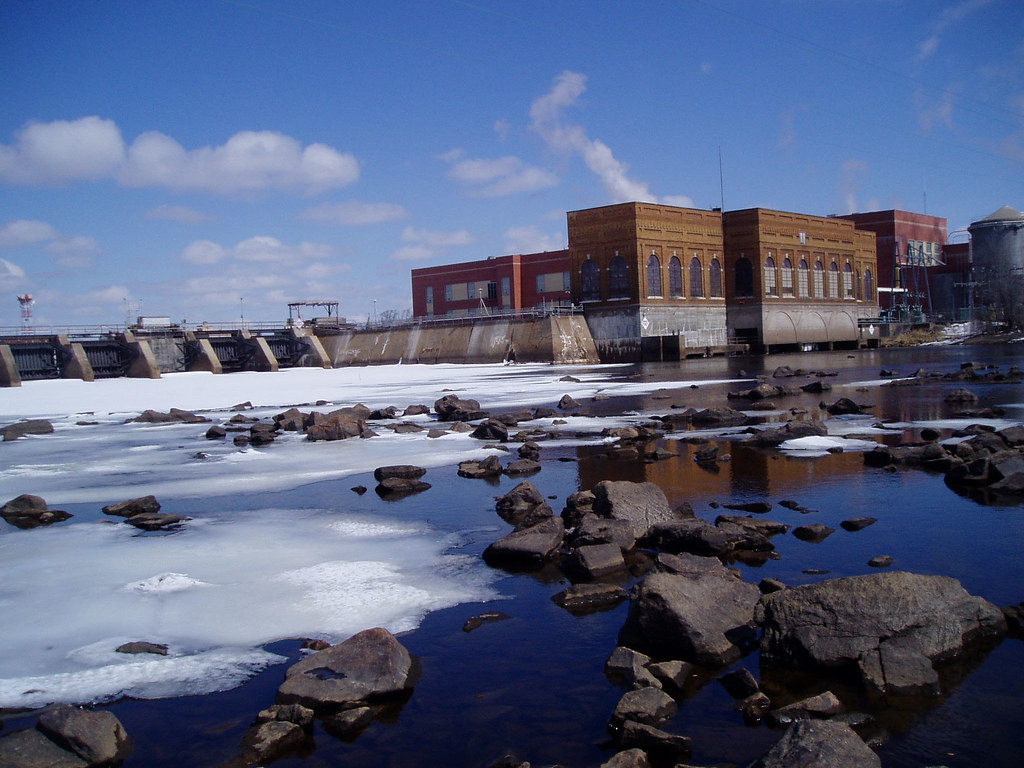
Stevens Point is a dynamic city located in Portage County, Wisconsin, United States, and is the county seat of Portage County. The city was incorporated in 1858 and has a rich history. With a population of 25,666 as of the 2020 census, Stevens Point is the largest city in the county. Stevens Point forms the core of the United States Census Bureau’s Stevens Point Micropolitan Statistical Area, which had a 2020 population of 70,377.
Stevens Point is known for its excellent educational opportunities, with the University of Wisconsin-Stevens Point and a campus of Mid-State Technical College located in the city. The city is also home to several cultural attractions, such as the Museum of Natural History and the Central Wisconsin Symphony Orchestra, providing opportunities for residents and visitors to learn about the area’s rich history and culture.
Stevens Point hosts several annual events such as the Riverfront Jazz Festival and the Stevens Point Farmers Market, providing opportunities for residents and visitors to come together and celebrate. Stevens Point is a wonderful place for residents and tourists, with friendly locals and exciting cultural hotspots
Sun Prairie
Sun Prairie is a beautiful city located in Dane County, Wisconsin, United States, and is a suburb of Madison. The city is part of the Madison Metropolitan Statistical Area and had a population of 35,967 as of the 2020 U.S. Census. Sun Prairie is the second-most populous city in Dane County after Madison.
Sun Prairie is known for its beautiful natural surroundings, including several parks and trails, providing opportunities for residents to enjoy the great outdoors. The city is also home to several cultural attractions, such as the Sun Prairie Historical Museum and the Sun Prairie Performing Arts Center, providing opportunities for residents and visitors to learn about the area’s rich history and culture.
Sun Prairie hosts several annual events such as the Sweet Corn Festival and the Groundhog Day Prognostication, providing opportunities for residents and visitors to come together and celebrate.
Superior

Superior is a vibrant city located in Douglas County, Wisconsin, United States, and is the county seat of Douglas County. The city had a population of 26,751 as of the 2020 census. Superior is located at the western end of Lake Superior in northwestern Wisconsin, bordered by Saint Louis, Superior, and Allouez bays.
The city is framed by two rivers: the Nemadji and the Saint Louis. Superior and the neighboring city across the bay, Duluth, Minnesota, form a single metropolitan area called the Twin Ports. They share a harbor that is one of the most important ports on the Great Lakes. Both cities feature museum ships devoted to the local maritime heritage, such as the SS William A. Irvin in Duluth and SS Meteor in Superior.
Superior is known for its industrial character, with ship harbors along two sides, several large rail yards, an oil refinery, and a shipyard. The city is divided into several neighborhoods, including Billings Park, North End, South Superior, Central Park, East End, Allouez, and Itasca, each with its own small business district. Superior was the final port of call for SS Edmund Fitzgerald before her sinking on November 10, 1975, adding to the city’s rich history.
Watertown
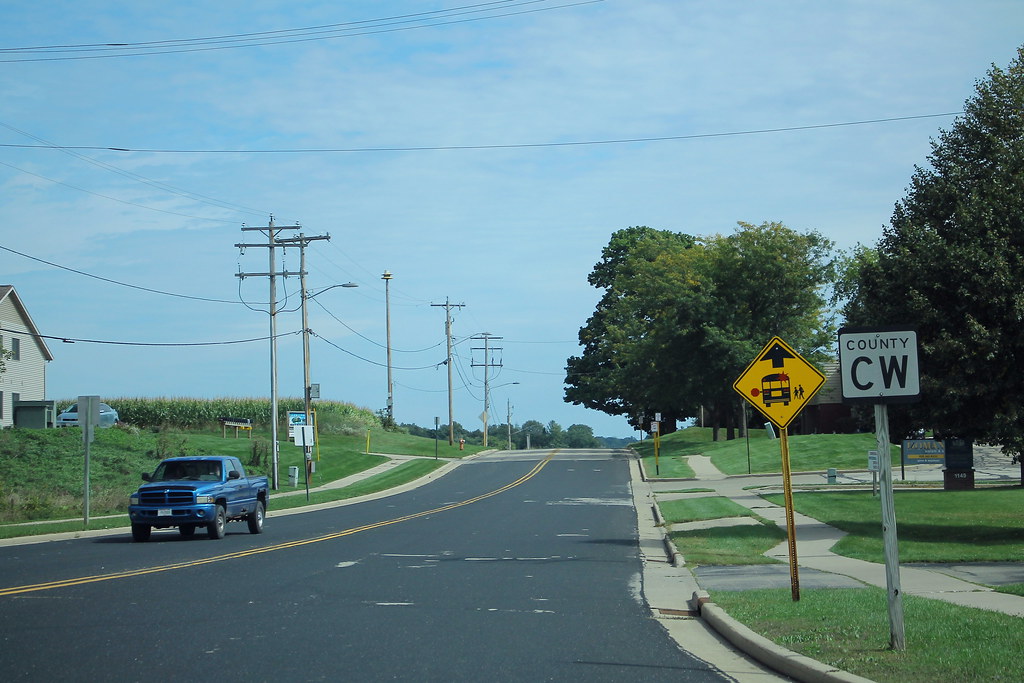
Watertown is a delightful city located in both Dodge and Jefferson counties in the U.S. state of Wisconsin. Most of the city’s population is in Jefferson County, with Division Street marking the county line several blocks north of downtown. The population of Watertown was 22,926 as of the 2020 census, with 14,674 residents in Jefferson County and 8,252 in Dodge County.
Watertown is the largest city in the Watertown-Fort Atkinson micropolitan area, which also includes Johnson Creek and Jefferson. Watertown is known for its rich history, with several historic buildings and landmarks, such as the Octagon House Museum and the First Kindergarten in America.
The city is also home to several cultural attractions, such as the Watertown Public Library and the Watertown Area Historical Society, providing opportunities for residents and visitors to learn about the area’s rich history and culture. Watertown hosts several annual events such as the Riverfest and the Watertown Farmers Market.
Waukesha
Waukesha is an energetic city located in Waukesha County, Wisconsin, United States, and is the county seat of Waukesha County. The city is part of the Milwaukee metropolitan area and had a population of 71,158 as of the 2020 census. Waukesha is adjacent to the Village of Waukesha.
Waukesha is known for its beautiful natural surroundings, including several parks and lakes, providing opportunities for residents to enjoy the great outdoors. The city is also home to several cultural attractions, such as the Waukesha County Historical Society and Museum and the Waukesha Civic Theatre, providing opportunities for residents and visitors to learn about the area’s rich history and culture.
Waukesha hosts several annual events such as the Waukesha County Fair and the Waukesha Farmers Market, providing opportunities for residents and visitors to celebrate in style. Waukesha is a marvelous place to live with an inspiring sense of community.
Wausau

Wausau is a vibrant city located in Marathon County, Wisconsin, United States, and is the county seat of Marathon County. The Wisconsin River divides the city into east and west, with several suburbs including Schofield, Weston, Mosinee, Maine, Rib Mountain, Kronenwetter, and Rothschild. As of the 2020 census, Wausau had a population of 39,994, making it a bustling city in the area.
Wausau is the core city of the Wausau Metropolitan Statistical Area (MSA), which includes all of Marathon County and had a population of 134,063 at the 2010 census. Wausau is known for its beautiful natural surroundings, including several parks and trails, providing opportunities for residents to enjoy the great outdoors.
The city is also home to several cultural attractions, such as the Leigh Yawkey Woodson Art Museum and the Grand Theater, providing opportunities for residents and visitors to learn about the area’s rich history and culture. Wausau hosts several exciting and friendly annual events such as the Wausau Winter Fest and the Wausau Balloon and Rib Fest.
Wisconsin Rapids

Wisconsin Rapids is a charming city located in Wood County, Wisconsin, United States, and is the county seat of Wood County. The population was 18,877 as of the 2020 census. The city also forms one of the core areas of the United States Census Bureau’s Marshfield-Wisconsin Rapids Micropolitan Statistical Area, which includes all of Wood County and had a population of 74,207 as of the 2020 census.
Wisconsin Rapids is known for its beautiful natural surroundings, including several parks and trails, providing opportunities for residents to enjoy the great outdoors. The city is also home to several cultural attractions, such as the South Wood County Historical Museum and the Wisconsin Rapids Community Theatre, providing opportunities for residents and visitors to learn about the area’s rich history and culture.
Wisconsin Rapids hosts several annual events such as the Cranberry Blossom Festival and the Wisconsin Rapids Car Show. Wisconsin Rapids is an absorbing place to live, work, and play, with a strong sense of community and a welcoming atmosphere.
Interstates
Interstate 43
Interstate 43 (I-43) is a 191.55-mile-long (308.27 km) interstate highway located entirely within the US state of Wisconsin. It connects I-39/I-90 in Beloit with Milwaukee and I-41, US 41, and US 141 in Green Bay. State Trunk Highway 32 (WIS 32) runs concurrently with I-43 in two sections, and several other highways overlap I-43 once each.
There are no auxiliary or business routes connected to I-43, though an alternate route to direct traffic during road closures is signed along local and state highways from Milwaukee County north into Brown County. The route was originally planned to follow an alignment about midway between US 41 and US 141 but was controversial and shifted to a new alignment from Sheboygan to Green Bay.
The Beloit-to-Milwaukee segment was developed after two separate proposals for Interstates, one of them between Milwaukee and Beloit and the other between Milwaukee and Janesville. The Milwaukee–Beloit route was chosen, completed in 1976 as WIS 15, and renumbered as I-43 in 1988.
Interstate 90
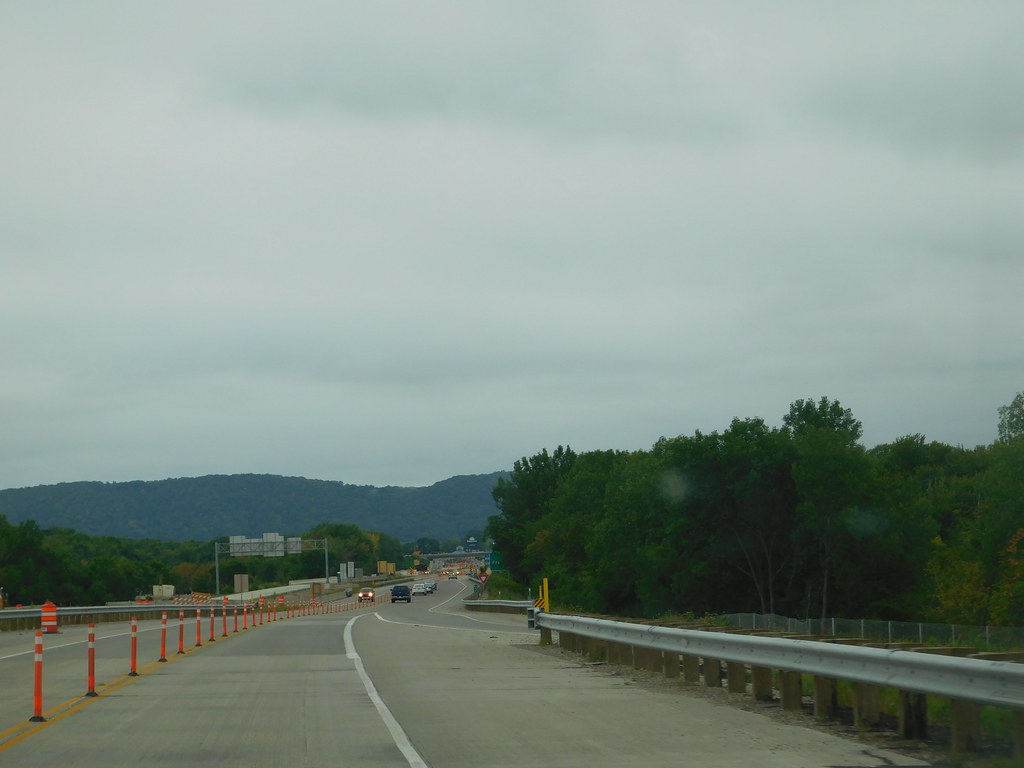
Interstate 90 (I-90) is a major east-west highway that runs through the western, central, and southern parts of Wisconsin. The highway covers about 187 miles (301 km) in the state, connecting several major cities and towns along the way.
I-90 is known for its smooth pavement, well-maintained lanes, and efficient signage, making it a popular choice for both commercial and passenger traffic. One notable feature of I-90 in Wisconsin is that all 187 miles of the highway have a speed limit of 70 mph, providing a fast and efficient way for travelers to get around the state.
Whether you’re heading to a major city like Madison or just passing through on your way to another destination, I-90 is a reliable and convenient option for getting around Wisconsin.
Interstate 94

Interstate 94 (I-94) is an important east-west highway that runs through the western, central, and southeastern portions of the US state of Wisconsin. The highway covers a total distance of 348.23 miles (560.42 km) in Wisconsin, connecting several major cities and towns along the way.
I-94 is a major transportation route for both commercial and passenger traffic, serving as a vital link between the Midwest and the rest of the country. The highway passes through several major cities in Wisconsin, including Eau Claire, Menomonie, Hudson, Madison, and Milwaukee, providing easy access to various attractions and destinations in these areas.
With its smooth pavement, well-maintained lanes, and efficient signage, I-94 is a popular choice for travelers looking for a fast and convenient way to get around Wisconsin.
Highways
Route 2
US Highway 2 (US 2) is an important part of the United States Numbered Highway System that runs from Everett, Washington, to St. Ignace, Michigan. In Wisconsin, the highway runs east-west across the northwestern part of the state and re-enters the state in the northeast part.
It enters Wisconsin from Minnesota at the Richard I. Bong Memorial Bridge over the Saint Louis Bay at Superior and runs east to the Michigan state line near Hurley. US 2 re-enters Wisconsin from Michigan in Florence County and briefly traverses that county before re-entering Michigan. US 2 is a Wisconsin Corridors 2020 Connecting route east of its concurrency with US 53.
The section concurrent with US 53 is a Wisconsin Corridors 2020 Backbone route. US 2 is an important transportation route for both commercial and passenger traffic, providing easy access to various attractions and destinations in northwestern Wisconsin.
Route 8

U.S. Highway 8 (US 8) is a significant east-west highway that runs primarily within the state of Wisconsin for 280 miles (451 km), connecting Interstate 35 (I-35) in Forest Lake, Minnesota, to US 2 at Norway in the Upper Peninsula of Michigan near the border with Wisconsin. Except for the short freeway segment near Forest Lake and sections near the St. Croix River bridge and Rhinelander, Wisconsin, US 8 is mostly an undivided surface road.
The highway was commissioned on November 11, 1926, with the rest of the original U.S. Highway System, initially running between Forest Lake, Minnesota, and Pembine, Wisconsin, with a planned continuation to Powers, Michigan. Several changes have been made to the routing of the highway since then, including the western end being extended south to Minneapolis before being truncated back to Forest Lake.
WisDOT built a bypass around the city of Rhinelander in the 1990s and created a business loop along the old highway through the town, which was removed in 2005. US 8 is an important transportation route for both commercial and passenger traffic, providing convenient access to attractions and destinations in northwestern Wisconsin.
Route 10

U.S. Highway 10 (US 10) is an important transportation route that runs east-west across the central part of Wisconsin. The highway covers a distance of over 200 miles, starting at the Prescott Drawbridge over the St. Croix River at Prescott and running all the way east to the dock in Manitowoc where the SS Badger crosses Lake Michigan to Ludington, Michigan.
US 10 is an important transportation route for both commercial and passenger traffic, connecting several major cities and towns along the way. The highway is also designated as the Vietnam War Veterans Memorial Highway for its entire length, honoring the sacrifices made by thousands of Americans during the Vietnam War.
Whether you’re heading to a major city like Eau Claire or just passing through on your way to another destination, US 10 is a reliable and convenient option for getting around central Wisconsin.
Route 12

U.S. Highway 12 (US 12 or Highway 12) is an important east-west highway that runs across the western to southeast portions of Wisconsin. The highway enters the state from Minnesota running concurrently with Interstate 94 (I-94) at Hudson, providing local access to cities such as Menomonie, Eau Claire, Black River Falls, Tomah, and Mauston, and paralleling the interstate to Wisconsin Dells.
US 12 then serves as an alternative route for traffic between northwestern Wisconsin and Madison and is the anchor route for the Beltline Highway around Madison. It finally serves southeastern Wisconsin, connecting Madison with Fort Atkinson, Whitewater, Elkhorn, and Lake Geneva. The West Beltline Highway and the segment between Elkhorn and Genoa City are freeways, and the segment between Sauk City and Middleton is an expressway.
The remainder of the road is a two-lane surface road or an urban multilane arterial. US 12 closely parallels the former main line of the Chicago, St. Paul, Minneapolis, and Omaha Railway, now operated by Union Pacific Railroad, between Hudson and west of Warrens. US 12 is a vital transportation route for both commercial and passenger traffic, providing access to a number of attractions and destinations in western and southeastern Wisconsin.
Route 14

U.S. Highway 14 (US 14) is an important transportation route that runs northwest-southeast across the western to southwest portions of Wisconsin, linking La Crosse and the southwestern part of the state with Madison and Janesville. The highway covers a distance of over 150 miles, providing easy access to various attractions and destinations in these areas.
US 14 is mostly a two-lane surface road, with the exception of a few multilane urban arterials and a freeway section around Madison that it mostly shares with US 12. The highway is well-maintained and features efficient signage, making it a popular choice for both commercial and passenger traffic.
Whether you’re heading to a major city like Madison or just passing through on your way to another destination, US 14 is a reliable and convenient option for getting around western and southwest Wisconsin.
Route 18
U.S. Highway 18 (US 18) is an important east-west highway that runs across the southern part of Wisconsin. The highway covers a distance of over 200 miles, serving as a major connecting route between Madison and the southwest corner of the state. East of Madison, US 18 is paralleled by Interstate 94 (I-94) and serves as a local connection route to the communities along the interstate.
US 18 enters Wisconsin at Prairie du Chien and ends in downtown Milwaukee at Lincoln Memorial Drive, across from the Milwaukee Art Museum. The highway is well-maintained and features efficient signage, making it a popular choice for both commercial and passenger traffic.
Whether you’re heading to a major city like Madison or Milwaukee or just passing through on your way to another destination, US 18 is a reliable and convenient option for getting around southern Wisconsin.
Route 45
U.S. Highway 45 (US 45) is an important north-south highway that runs through the eastern and northern parts of Wisconsin. The highway covers a distance of about 305 miles (491 km), starting at the state line with Illinois near the village of Bristol in Kenosha County and ending at the Michigan state line at the town of Land O’ Lakes in Vilas County.
Also known as Highway 45, the route serves as a major transportation artery for both commercial and passenger traffic, connecting several major cities and towns along the way. US 45 is well-maintained and features efficient signage, making it a popular choice for travelers looking to explore the eastern and northern parts of Wisconsin.
Whether you’re heading to a major city like Milwaukee or just passing through on your way to another destination, US 45 is a reliable and pleasing choice for exploring Wisconsin.
Route 51

U.S. Highway 51 (US 51) is a significant north-south highway that runs through the central part of Wisconsin. The highway covers a distance of over 300 miles, starting at Beloit where it enters from Illinois, and running north to its northern terminus in Hurley where it meets US 2. Much of the route of US 51 runs concurrently with Interstate 39 (I-39), providing easy access to various attractions and destinations in central Wisconsin.
The highway is well-maintained and features efficient signage, making it a popular choice for both commercial and passenger traffic. Whether you’re heading to a major city like Wausau or just passing through on your way to another destination, US 51 is a great option for getting around central Wisconsin.
Route 53

U.S. Highway 53 (US 53) is an important transportation route that runs through the western and northern parts of Wisconsin. The highway covers a distance of over 400 miles, starting at its southern terminus with a junction at U.S. 14, U.S. 61, and Wisconsin Highway 16 in downtown La Crosse and ending at the John Blatnik Bridge into Minnesota.
US 53 becomes a freeway bypass of Onalaska and Holmen before proceeding north to Eau Claire as a two-lane roadway. The interchange with Interstate 94 at Eau Claire begins a freeway/expressway stretch for US 53 north to the city limits of Superior. The highway is well-maintained and features efficient signage, making it a popular choice for both commercial and passenger traffic.
US 53 has a partial grade-separated interchange with U.S. 2 in the town of Amnicon, but traffic turning from U.S. 2 westbound onto U.S. 53 southbound must take a U-turn at an at-grade crossover past the interchange. The highway is also designated as the Peace Memorial Highway, commemorating citizens of Wisconsin who have worked to promote international peace.
Route 61
U.S. Highway 61 (US 61) is an important north-south highway that runs through the western part of Wisconsin. The highway covers a distance of about 120 miles (190 km), starting on the opposite bank of the Mississippi and entering Grant County. US 61 then proceeds north through Wisconsin, passing through Lancaster, Fennimore, and Boscobel before joining with US 14 at Readstown and proceeding together to La Crosse.
The highway is well-maintained and features efficient signage, making it a popular choice for both commercial and passenger traffic. In 2004, a new two-lane Mississippi River Bridge opened in La Crosse, creating a four-lane highway from downtown La Crosse to the Minnesota state line.
The new bridge brings traffic into La Crosse and is located just south of the old Cass Street Bridge, which continues to be used by traffic heading toward Minnesota. Whether you’re heading to a major city like La Crosse or just passing through on your way to another destination, US 61 is a marvelous way to get around western Wisconsin.
Route 63

U.S. Highway 63 (US 63) is an important north-south highway that runs through the western part of Wisconsin. The highway covers a distance of over 200 miles, starting south of Hager City and ending near Ashland at US 2. US 63 intersects I-94 near Baldwin and briefly overlaps with US 53 near Spooner before separating at Trego.
The highway then runs southwest to northeast, passing through Hayward and Cable most notably. US 63 is well-maintained and features efficient signage, making it a popular choice for both commercial and passenger traffic.
According to a 2013 law, the road is referred to as the “Gaylord Nelson Highway” throughout Wisconsin, honoring the former governor and U.S. senator who was instrumental in creating Earth Day and other environmental initiatives. Whether you’re heading to a major city like Ashland or just passing through on your way to another destination, US 63 is a reliable and convenient option for getting around western Wisconsin.
Route 141
U.S. Highway 141 (US 141) is an important north-south highway that runs through Wisconsin and Michigan. The highway covers a distance of about 169 miles (272 km), starting at an interchange with Interstate 43 (I-43) in Bellevue, Wisconsin, near Green Bay, and ending at a junction with US 41/M-28 near Covington, Michigan.
US 141 follows city streets in Green Bay and has a concurrent section with US 41 in Wisconsin before becoming either a freeway or an expressway into rural northern Wisconsin. In Michigan, US 141 is an undivided highway that runs through rural woodlands.
The highway has two segments in each state, crossing the state line several times. The northernmost Michigan section is about 43+1⁄2 miles (70 km). US 141 originally ran from Milwaukee to Green Bay and was extended north into Michigan in 1928.
Since the 1960s, the section south of Green Bay has been converted into a freeway in segments, while the section north of Abrams, Wisconsin, was converted to a freeway in the opening years of the 21st century. Whether you’re heading to a major city like Green Bay or just passing through on your way to another destination, US 141 is a brilliant choice for getting around northern Wisconsin and Michigan.
Route 151
U.S. Highway 151 (US 151) is an important north-south highway that runs through the states of Iowa and Wisconsin. The highway covers a distance of over 300 miles, starting at a junction with Interstate 80 (I-80) in Iowa County, Iowa, and ending at Manitowoc, Wisconsin. US 151 connects Cedar Rapids, Iowa, to Fond du Lac, Wisconsin, with an expressway, except for a segment about ten miles where it uses arterial roads in Madison, Wisconsin.
Approximately seven miles (11 km) south of Dubuque, Iowa, US 151 joins with US 61, and the two highways share a route from there to Dickeyville, Wisconsin. In Wisconsin, US 61/US 151 joins with Wisconsin Highway 35 (WIS 35) about one mile (1.6 km) north of the Iowa-Wisconsin border. At Dickeyville, US 151 splits off and heads northeast to Platteville.
US 151 later joins with US 18 near Dodgeville, and the two highways share a route all the way to Madison. US 151 is well-maintained and features efficient signage, making it a popular choice for both commercial and passenger traffic. Whether you’re heading to a major city like Cedar Rapids or just passing through on your way to another destination, US 151 is a reliable and convenient option for getting around Iowa and Wisconsin.

